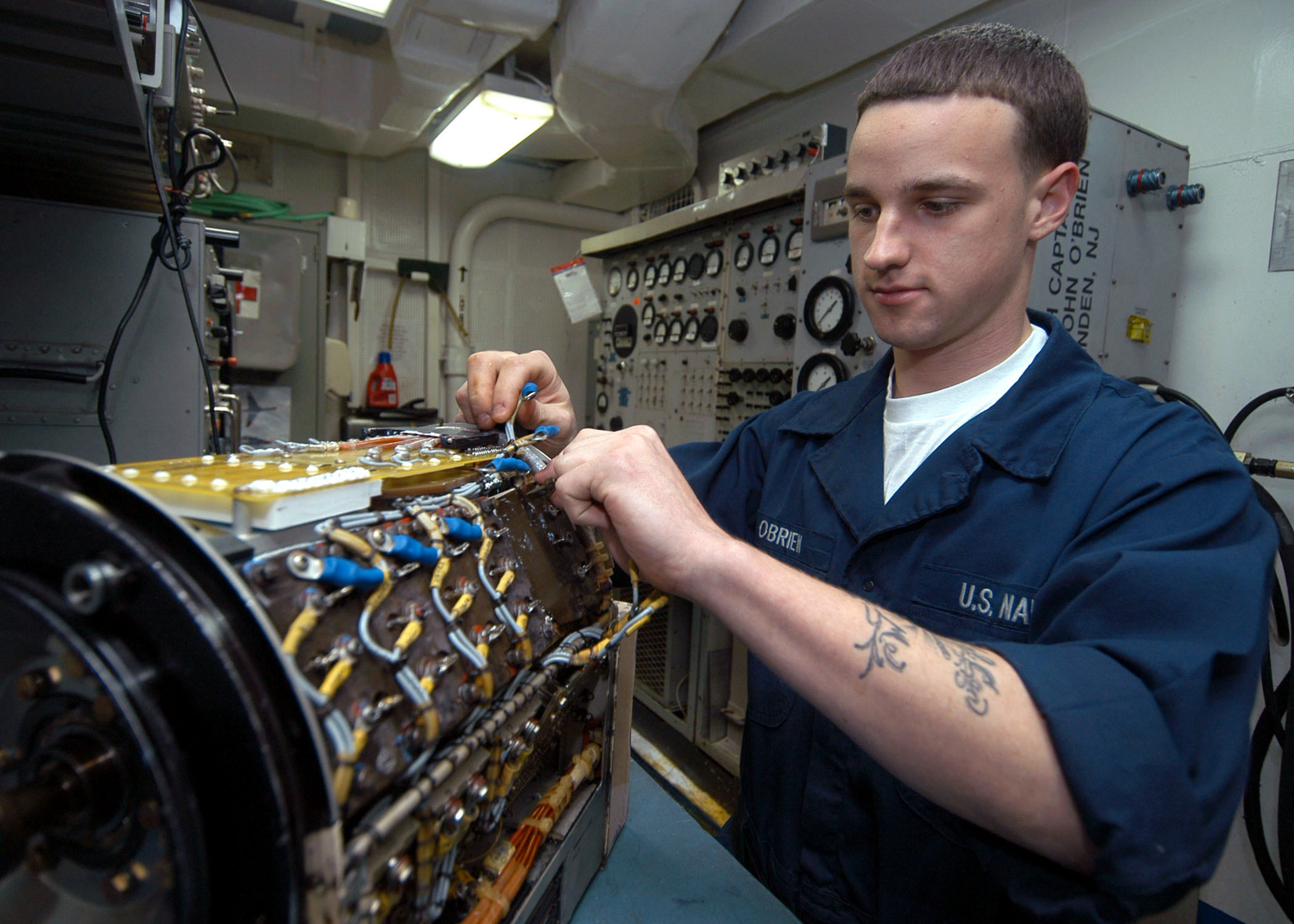Boondoking is a wonderful experience as it gives you more privacy than you get in camps. Unfortunately, dry camping deprives you amenities such as connection to the grid that are available in regular camps. This can be compensated by investing in trailer solar panels and an assortment of equipment.
How much power is Sufficient?
Setting up solar panels for your trailer should be easy as long as you get the power calculations right. If you intend to power a few LED lights and a small refrigerator, a 75-watt solar panel should be sufficient. For LED lights, 75-liter fridge, and a water pump, you will need at least a 150-watt solar panel. The solar size or number of panels increase with the load.
It is advisable to keep the load at a minimum to reduce cost. Anything you can run at 12 volts DC is recommended to avoid the voltage drop associated with inverters. For instance, you can use 12-volt LED lights for lighting as you will not be in need of much light.
Curved or flat panels?
Most people are stuck for choice when it comes to the choice between curved and flat panels. Apart from the shape, there are notable differences between the performances of the two. With flat panels, you can tilt to the direction with highest light intensity but curved ones cannot. Curved panels have better aerodynamics for the road although flat is more durable. Getting down to price, curved is more expensive.
Before you buy, you must understand that solar panels go hand in hand with a number of accessories to produce useful power. The most basic is a solar battery to store the charge. A charge controller dictates direction of flow and prevents the battery from overcharging. With a charge monitor, you can see and regulate power consumption accordingly. You will also need cables, mounts, a combiner box, and an inverter to get AC power.
Mono-crystalline or polycrystalline?
These are the two terms you will encounter most when searching for your trailer solar panels. Essentially, they refer to the technology used in making solar panels. Mono-crystalline panels have the advantage of higher efficiencies at low light conditions, while polycrystalline occupies less space.
Choosing the Right Battery
Apart from the battery, no other accessory will be up all the time. Lights may be off during the day and fans off during the night but all source their power from the battery. It is therefore advisable to invest in a good battery to support all this. Look for a battery that can run for three days without recharging in case you camp on bad weather. All said, the choice will ultimately depend on the size of your RV and the power requirements. Happy camping!




